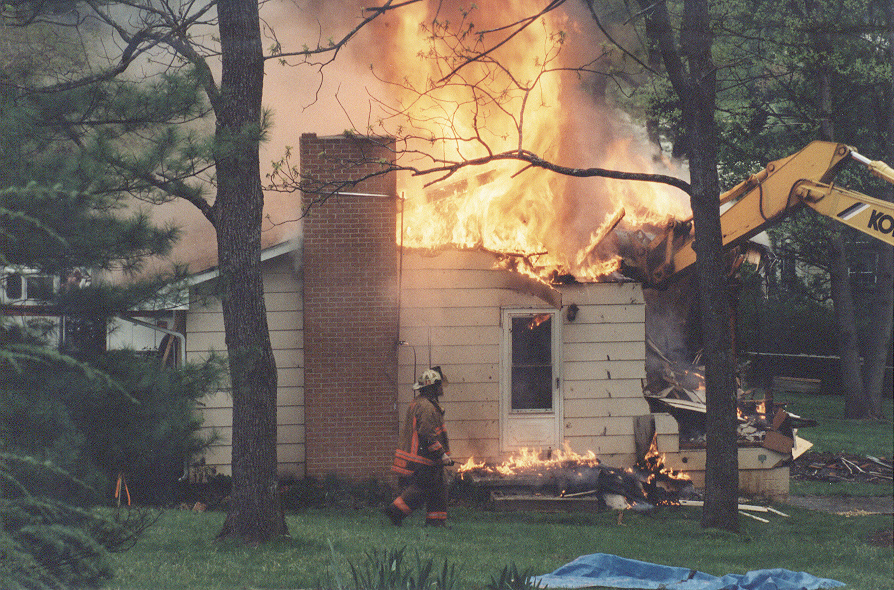
That Time I Watched a House Burn Down
It was late in the day when it finally happened. A puff of smoke appeared just over the rooftop at the far right side of the house; then another appeared, near the chimney.
Within moments smoke was pouring from the entire roof and flickers of orange flame began appearing in the windows.
A cheer went up from the two dozen or so neighbors watching as the flames grew; soon the roof weakened and began to collapse. A dozen firefighters stood by, cheering along with the crowd.
Ok, maybe a little background is needed here.
Usually, a home burning to the ground is a tragedy, a disaster, a crime – or all three. This, however, was a fire department training burn – a welcomed event that would benefit the homeowners, the fire department, and dozens of families we’d never meet.
The derelict home my clients had purchased wasn’t worth much; in fact the only real value was in the property, a sloping lot with several large trees, located in a quiet midwestern college town.
This was the site they’d chosen for their dream home. Problem is, there was already a house there.
Whenever possible, existing homes should be remodeled, renovated, reused. After all, reusing an existing home is the height of sustainability. This little home, however, was too far gone from years of neglect – it wasn’t worth saving.
But that didn’t mean it couldn’t serve a higher purpose (or two).
The owners first contacted the local Habitat For Humanity “ReStore”, a discount home improvement store that re-sells new and reusable home improvement building materials. Habitat’s volunteers came to the house and picked up cabinets, appliances, doors, windows, hardware, and anything else they could salvage and resell.
Habitat uses the funds from reselling these salvaged items to advance their mission of eliminating substandard housing and creating homeownership.
That’s a great way to make use of perfectly good building materials that otherwise might have ended up in a landfill – and that the owners would have had to pay to haul away.
And that would have benefitted almost no one.
The next call was to the local fire department, to offer the house for a training burn. A training burn is a controlled burn, giving the firemen a chance to practice firefighting techniques in a real world scenario.
The local fire department – and more than a few members of nearby volunteer FD’s – arrived after Habitat had taken away everything useful. They put wood pallets and hay bales in each room and burned them one at a time. The exercise lasted all day; they’d burn, put out the fire, and burn again.
They’d invited all the neighbors – they came with lawn chairs and blankets. It was almost like a Fourth of July picnic (with bigger, hotter fireworks).
It was fascinating to watch the burn – and a sobering reminder of the dangers that firefighters face in service to the community. We were all kept about a hundred feet from the house but even at that distance, the heat from the fire was incredible.
After a full day of training, it was time to burn the house for real. The fire department set one more strategically located fire and let it runs its course. A backhoe stood by and used its bucket to push the house in on itself as it burned, keeping the burning debris within the home’s foundation walls.
When the fire ended, little was left but the foundation walls and ashes, saving the owners the cost of demolishing the house and hauling the debris to a landfill.
Before long, a new home rose where the old one had stood, and a new family moved into the neighborhood.
And somewhere, miles away, someone bought some building materials from Habitat For Humanity and helped put many more families into homes they thought they’d never have.
Not every house is a good candidate for a training burn; fire departments are picky about the ones they choose. And of course a house that can be renovated should be.
But when it makes sense to burn a house down, the benefits spread throughout your community in ways you might not imagine and may never know about.
Update January 2020:
Since I first published this article in 2002, I’ve been involved with one other training burn and several demolition projects (including four in my office right now). In every case, the existing house was examined for possible reuse before the decision to burn or demo was made.
Over the years since my first “burn”, fire departments have become more particular about the homes they chose for burns. They’re concerned about releasing toxins into the air, the significant runoff from the firehoses, and the disruption that all that smoke can cause in a neighborhood.
The only other option, however (other than remodeling) is hauling all that debris and possible toxins to the local landfill. I’m not sure that’s a better option.
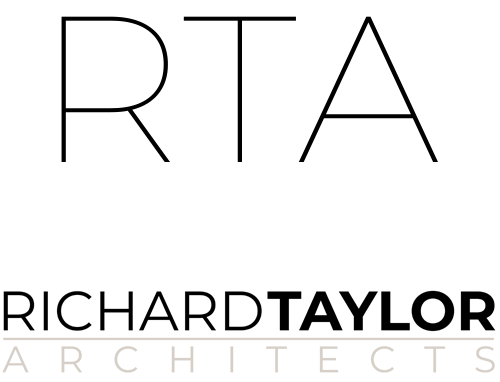

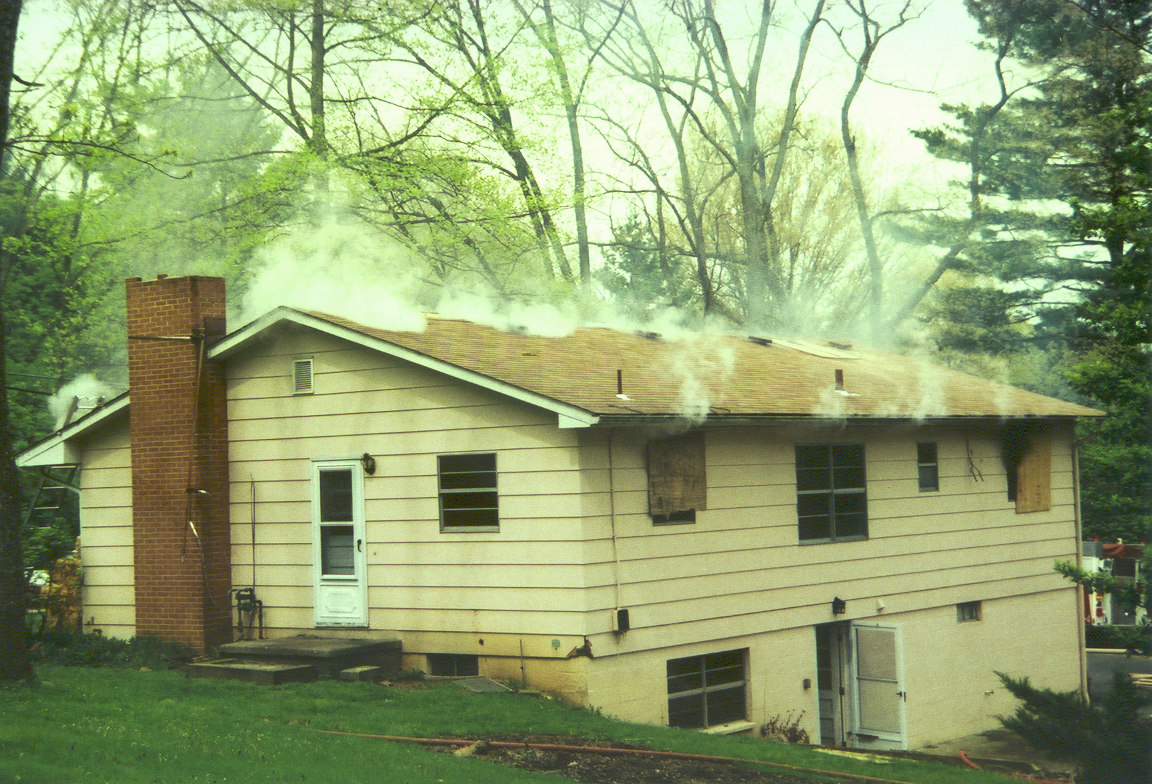
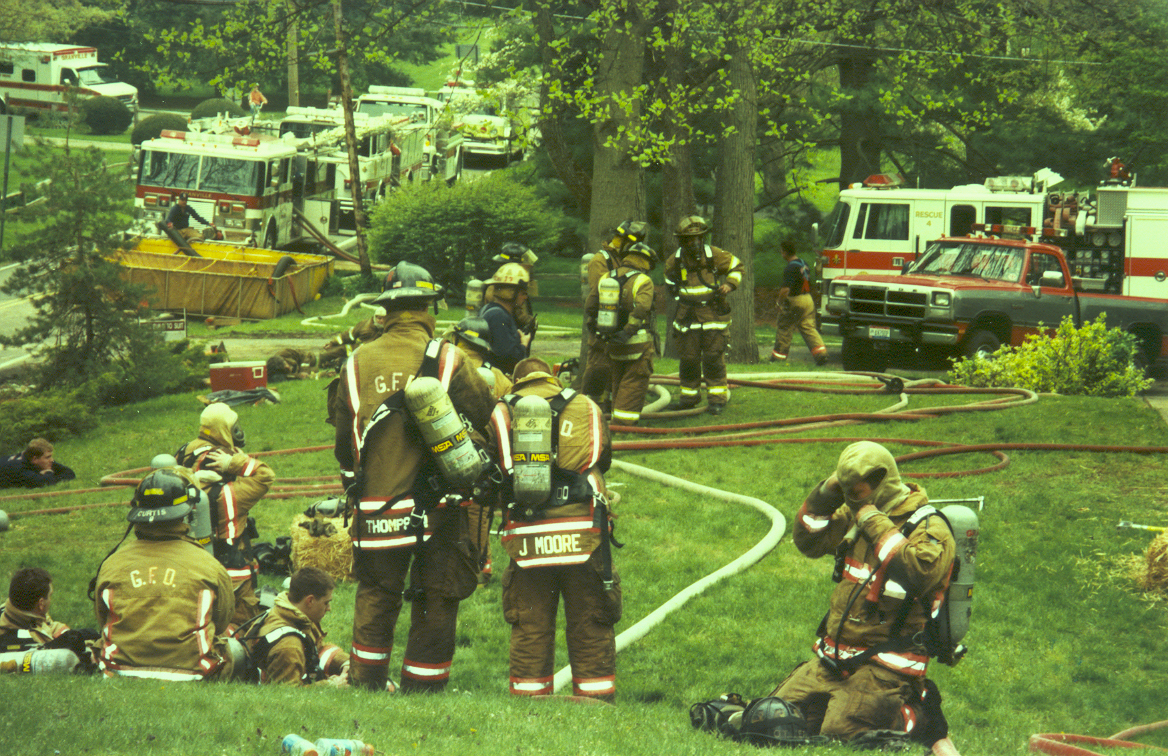
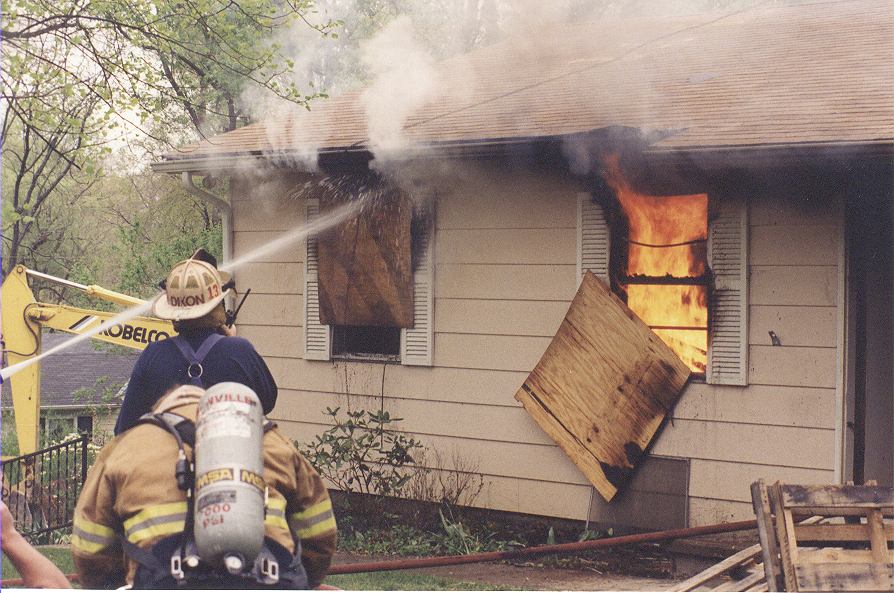
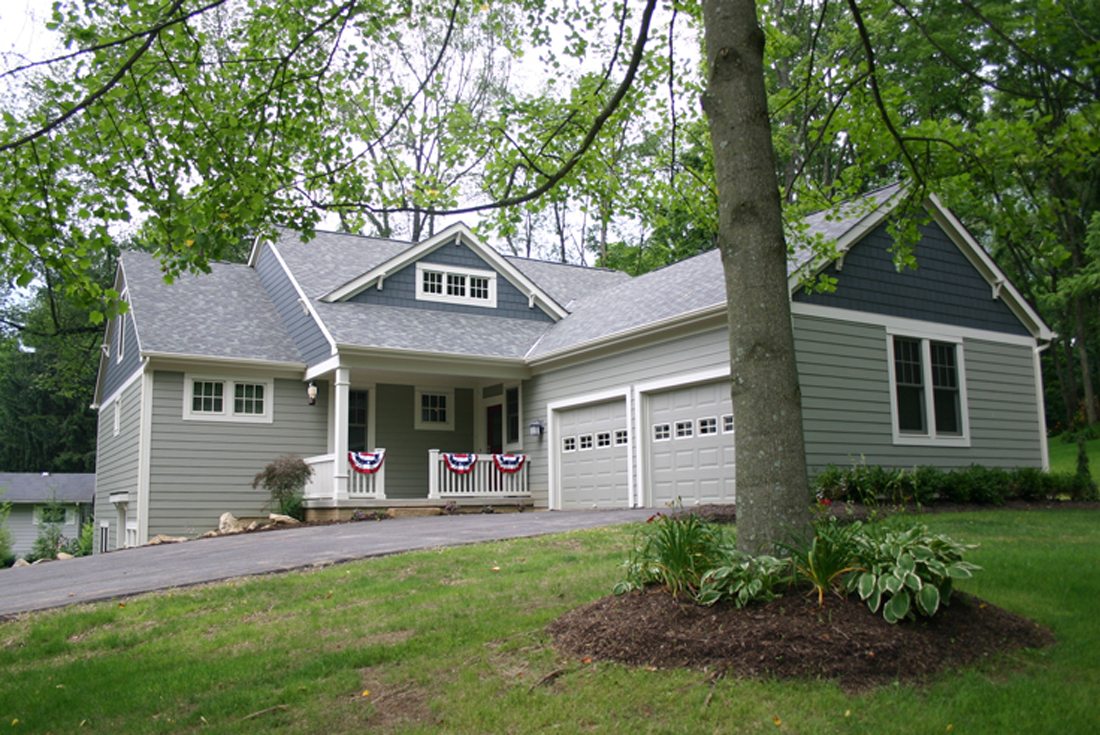

You got my attention with this one. Good post. It is a tough one to swallow for some, but in the end it can allow a better home than trying to rework what doesn't work. I've seen those and the clients spent more than if they had torn it down and started over.
Good question! You need to check the foundation first – to make sure it's stable to begin with – then take care with how the house is collapsed inward to keep it intact.
That said, it's tough to keep the foundation when you burn – most often it's demolished, too.
We are thinking of doing this. Wondering if the foundation is ok to build on after a burn?